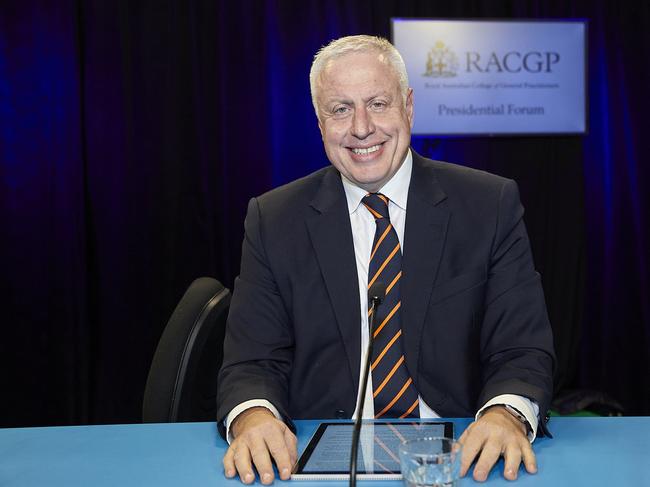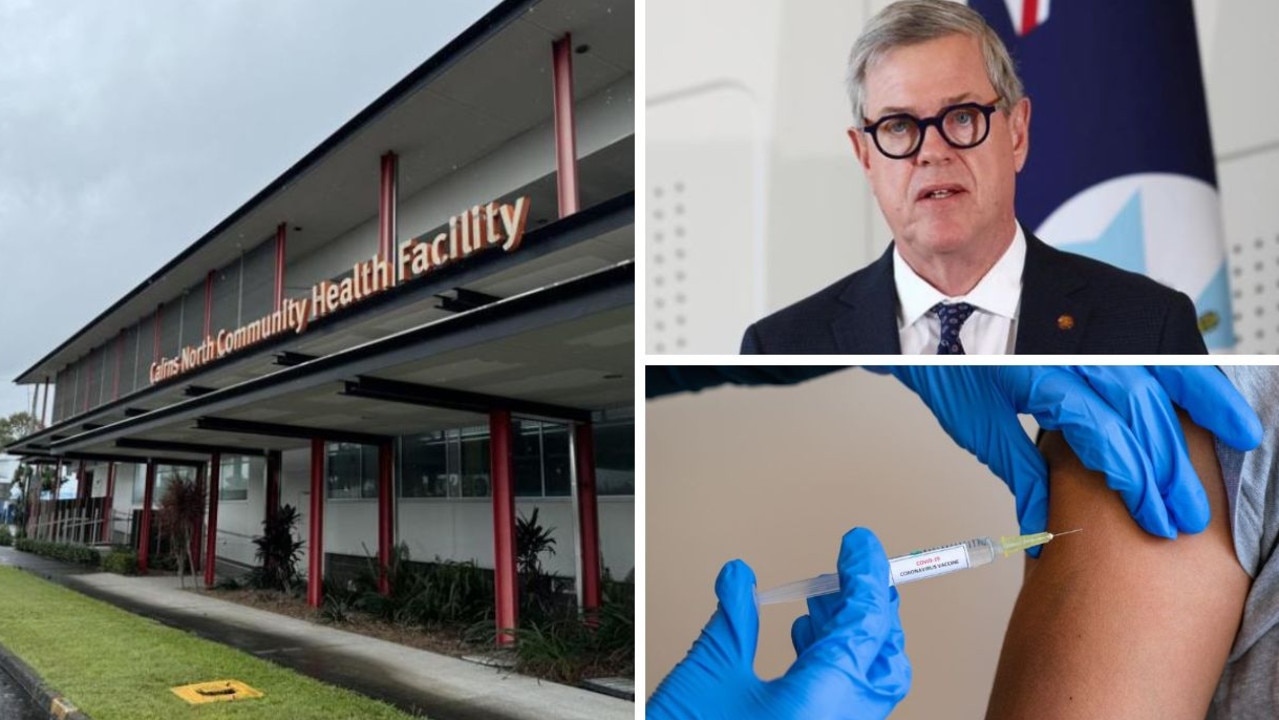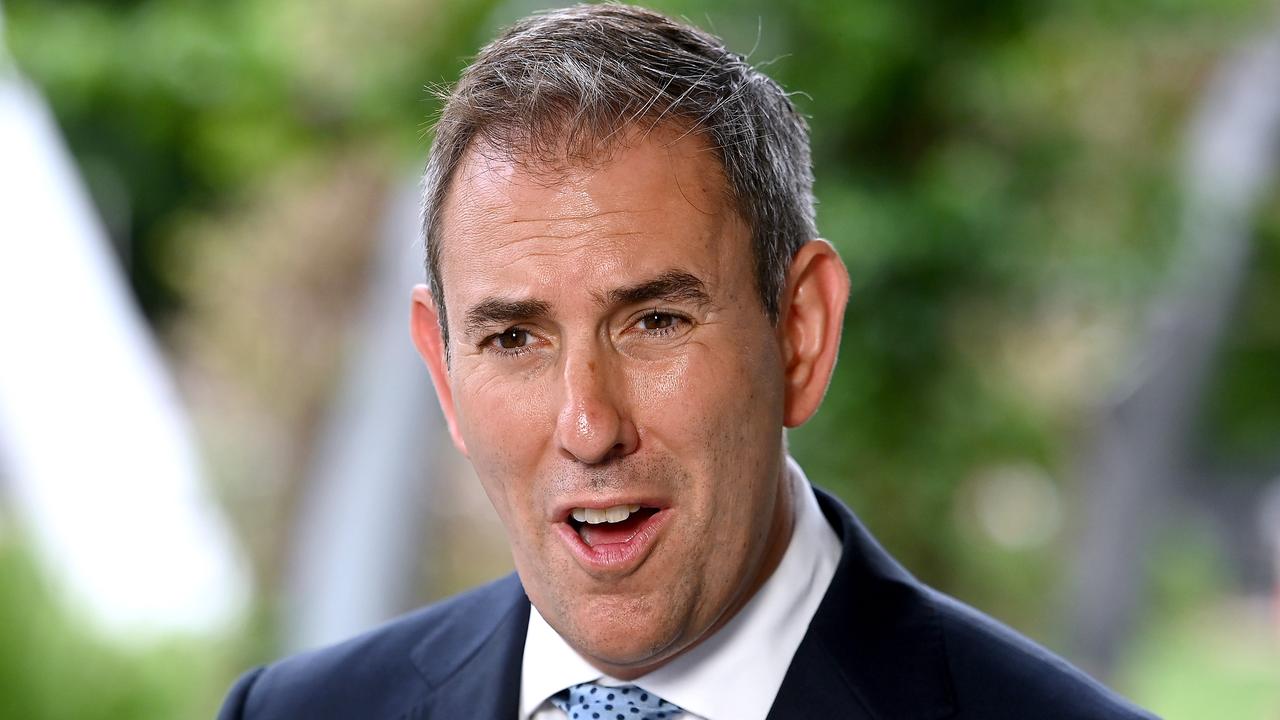Nicotine replacement therapies too expensive for many — GPs
Doctors want the Government to subsidise quit-smoking aids, and have revealed the therapies with the best prospects of success.

QLD News
Don't miss out on the headlines from QLD News. Followed categories will be added to My News.
DOCTORS are calling for the Government to widen the net of subsidies for nicotine replacement medicines, as daily smoking is three times higher in poorer areas of the country where smokers struggle to afford quitting aids.
The Royal Australian College of General Practitioners wants greater flexibility in prescribing the pharmacotherapy, and has also thrown its support behind vaping as a quitting tool.
More Queenslanders smoking daily
Calls to dob in smoking rulebreakers
Demand for kiddie-sized tobacco rises
The college’s newly released Supporting Smoking Cessation: A Guide For Health Professionals said combination nicotine replacement therapy greatly increased a smoker’s chance of quitting.
Pharmacotherapy options available in Australia include nicotine replacement therapy which includes transdermal patch, oral spray, gum, inhaler or lozenge or varenicline, which is a drug that blocks the pleasure and reward response to smoking and bupropion hydrochloride, which reduces the urge to smoke and helps with nicotine withdrawal.
Oral forms of NRT subsidised on the Pharmaceutical Benefits Scheme are gum and lozenges for use as the sole PBS-subsidised therapy.
Combination NRT, which involves using two forms of NRT together such as a patch and gum, is not currently PBS-subsidised.
Under PBS rules, a maximum 12 weeks of PBS-subsidised NRT is available per 12-month period. Australia has had success in reducing smoking rates with daily smoking cut in half from 1991 to 2013.
But there has been little change from 2013 to 2016.
“Some people can quit unassisted, however, those who take advantage of behavioural support and vital medicines including combination NRT, varenicline and bupropion will substantially increase their chances of quitting,” college president Dr Harry Nespolon said

Meanwhile, the Australian Tobacco Harm Reduction Association has welcomed updated guidelines from the college supporting vaping as a quitting aid.
Association chairman Dr Joe Kosterich said that under the new guidelines, GPs could recommend vaping for smokers who had failed to quit smoking with the available treatments.
“Vaping is now the most popular quitting aid globally and has helped millions of smokers quit the deadly addiction,” he said.
“The RACGP is to be congratulated for this breakthrough shift in policy which reflects the growing evidence base for vaping.
“Vaping is not risk-free, but according to the UK Royal College of Physicians is at least 95 per cent less harmful than smoking, as it does not contain the multitude of chemicals which are created from burning tobacco.”



